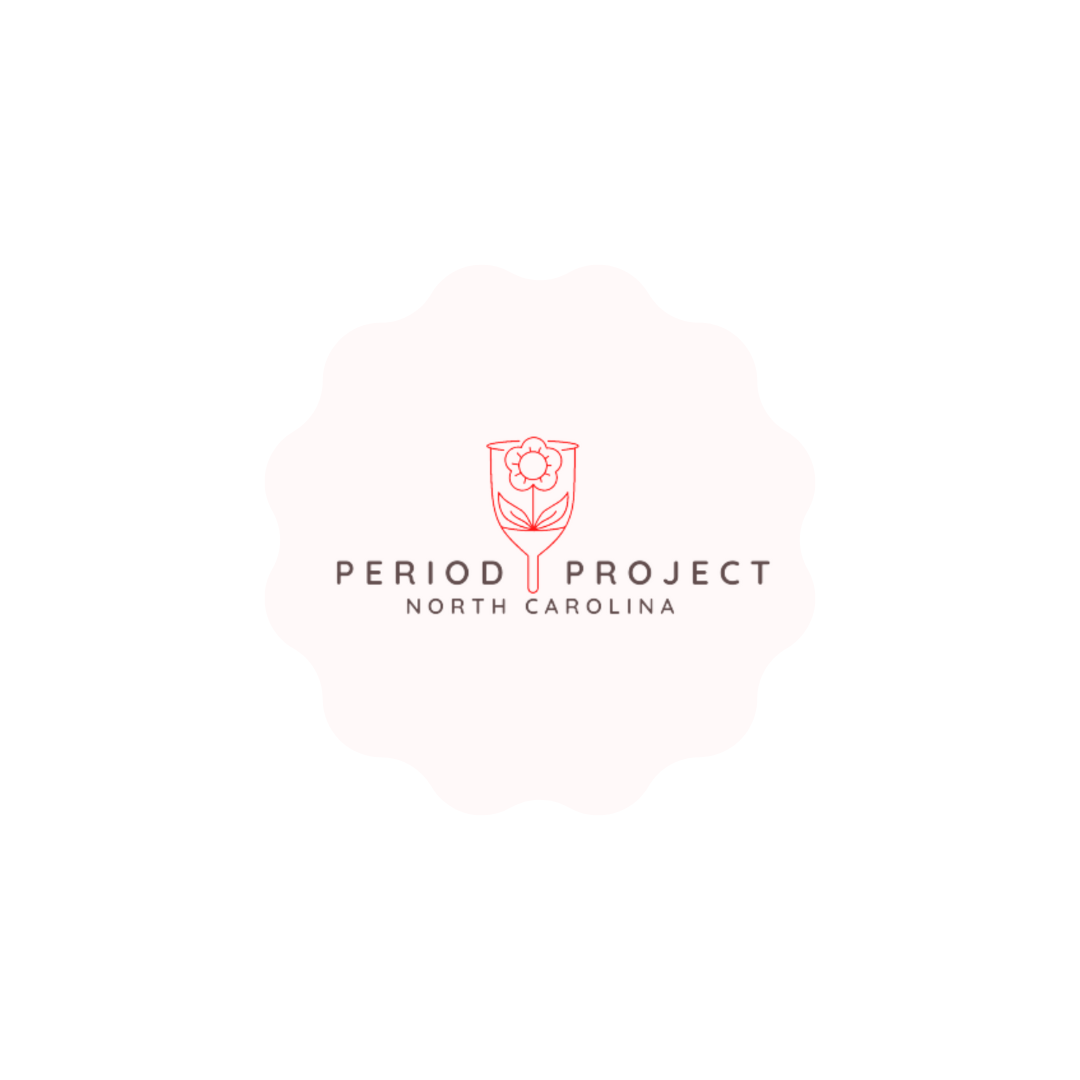The Great Tampon Shortage
For many people, buying menstrual products like tampons or pads is a regular part of life. However there are many others that have to make a choice between using a tampon for 8 hours or missing out on a meal for the day. In fact, according to Medical News Today, “There are an estimated 16.9 million people who menstruate living in poverty in the United States.” As it was already, many menstruators had to make a difficult decision but recent weeks it’s even worse. However, now, many mothers around the country have another obstacle to face: the baby formula shortage.
Retailers such as Walgreens and CVS, two pharmacy chains in the US, have addressed the lack of supply of tampons and baby formula and they are currently working with their suppliers to replenish their supply. A statement from CVS said, “In recent weeks, there have been instances when suppliers haven’t been able to fulfill the full quantities of orders placed.” There’s a reason behind this shortage though. Since the beginning of the COVID-19 pandemic, materials such as cotton and plastic have been in short supply but high demand. The almost “rationing” of cotton and plastic resulted in more materials used for protective materials (i.e. masks) in hospitals and clinics but less material allocated for period products to be made, packaged, and sold to stores. CNN also reported that Russia’s war with Ukraine has increased the amount of fertilizer used and thus limited the supply of cotton. Zac Rogers, an Assistant Professor of Supply Chain Management at Colorado State University, commenting on the tampon shortage says that, “ "Cotton is one of the keys to the whole shortage because, obviously, it's a key component to tampons, or pads”. With the lack of supply of materials such as cotton and plastic, a new term - “The Great Tampon Shortage”- has arisen.
But this problem isn’t anything new for certain indigenous groups. In New Mexico, this problem has always been expensive. Rachel Lorenzo, co-founder of IWR and a member of Mescalero Apache community stated that IWR assessed the gaps in the COVID care packages that Tribal governments gave to their citizens and noticed that items that affect menstruators and mothers were missing. From then, “IWR started piloting a program to send reusable menstrual products to Indigenous people who are interested and [for whom] it might be out of reach financially and geographically,”. Despite IWR’s efforts, Lorenzo states that many people still have to make the choice between traveling to the city to get gas or to buy menstruation products. Lorenzo also mentions that the cost to transport menstrual products to rural areas is the same compared to that of fresh produce. When discussing this, Lorenzo states, “The basic necessities we [menstruating individuals] need are just as expensive. It’s [stores on Tribal land] the only resource we have to go to, no matter the price.” Due to the steep cost of products, many menstruators in indigenous communities turn to using paper towels or even socks as makeshift pads.
When people can’t access menstruation products, many times people use alternatives, such as paper towels or socks, or they try to make them last longer. This is a bad idea because it can lead to health problems. According to Dr.Grover, double board-certified gynecologist, stated, “Wearing tampons for extended periods of time can lead to other issues too, like yeast infections or bacterial vaginosis…Wearing other feminine hygiene products like pads for hours without changing them can also cause external problems like rashes.” Wearing tampons especially can lead to a rare but life-threatening infection called Toxic Shock Syndrome (TSS). TSS symptoms can lead to symptoms such as headaches, sore throat, muscle aches, nausea, vomiting and profuse diarrhea. In some cases, if left ignored, TSS can lead to sepsis and eventually death. According to health experts, TSS can be fatal when people don’t have convenient access to menstrual products
Image: Breaking Boundaries
Unfortunately, as supply decreases and price for menstrual products increases, the demand for menstrual products isn’t expected to decrease very much. Unlike many discretionary products in the market, menstrual products are a necessity. It’s now more than ever essential to advocate for policy change in favor of more affordable products. Meanwhile, it’s important to use menstrual products in a healthy manner and give back to the rest of the community. For much of the US, “the Great Tampon” Shortage” still may be lingering for a little while longer.
By: Diksha Krishnaswamy



